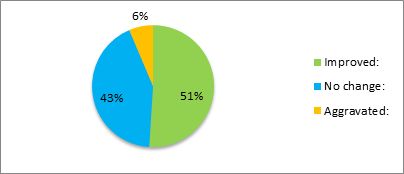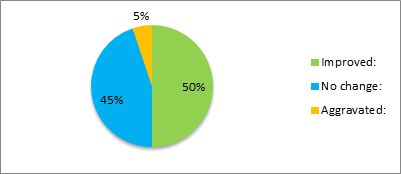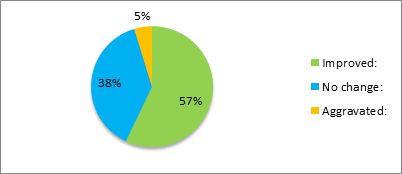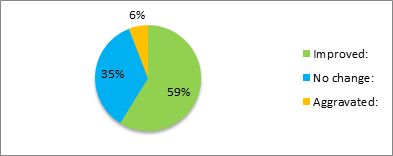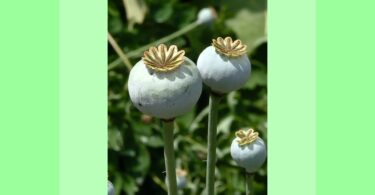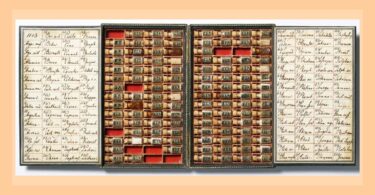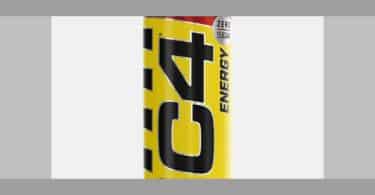Introduction:
The following study was part of a five-year project sponsored by the European Union between the Kenya School for Integrated Medicine (KSIM) and its partner, the Ministry of Health, Kwale County, Kenya. The project was called “Supporting the Kwale County Government through the Provision of Integrated Medicine and part of its function was performing research into “Integrated Medicine” and supporting policy change in Kenya.
Research was to be done to show how Traditional and Alternative forms of Healthcare can best be integrated into the Kenyan Health Care System. The following study was part of a broader research on the clinical outcomes of homeopathic practice in mobile and outreach clinics that were being held in the county.
As part of our project, KSIM were offering homeopathic and nutrition clinics in the county, supporting access to healthcare in remote villages and complementing existing health services by the Ministry of Health.
A private charity run by a Dutch NGO called “Kidscare” supports a facility for mentally and physically challenged children on the border of Kenya and Tanzania. It serves a rural community in Lungalunga sub-county with parents coming from up to 25 km to bring their children.
It offers a supportive environment including physical therapy for children with serious physical and mental challenges. These children receive little support from the government in Kenya. Parents bear all the responsibility for looking after their children, many of whom are unable to attend normal schools. In very poor communities, this places serious stress on the families.
Therefore, Kidscare offers a valuable support to many parents struggling to bring up these children. Gaining a clear diagnosis of the children’s conditions is not always available, but it is clear that many fall under the category of cerebral palsy, which can often be attributable to birth trauma or some other serious injury soon after birth.
In other cases, it seems that some children seemed to suddenly degenerate after one or two years of age. The health history, including that of vaccines is not available. Some children cannot walk or talk at all, while others are more able to at least walk to some extent.
Very few have any real talking ability. Many however, are very active and show amazing capacities in coping. However, for quite a number, serious convulsions are a common occurrence which can have a profound impact on brain function and therefore, physical and mental ability. Apart from cerebral palsy, some children have muscular dystrophy and others have serious and very frequent grand mal convulsions which also inhibits all other development.
Over a two-year period from late 2017 to 2019, the clinical team from the Kenya School for Integrated Medicine visited the Kidscare facility and treated the children. Visits were held approximately every two months. The same children were encouraged to come back for follow up visits given that the chronic nature of their conditions required ongoing supervision.
Significant change cannot be expected to be seen in most of these children in less than six months. Not so many children were seen as a result, as we wanted to ensure the same children could be seen during the follow up visits.
Analytical tools used
During the project, patients were put into an Access Data Base and analysed according to the following score system: A Visual Analogue Score (VAS) that analyses changes in specific conditions/symptoms and a Karnofsky score (a common measure that evaluated overall wellbeing and capacity for supporting a functional lifestyle).
The Karnofsky score had two elements to it, a patient-based evaluation and a practitioner evaluation. One challenge faced is that it was not always easy to get an accurate patient based Karnofsky evaluation given language and cultural challenges. Therefore, practitioner and patient Karnofsky scores tended to be the same.
This method of evaluation has been used effectively in the Swaziland Homeopathy Project, where over 10,000 patients have been evaluated over time to analyse the clinical efficacy of homeopathic treatment. Also, it was felt that this method of clinical outcome analysis is a useful and comparatively simple way to evaluate clinical outcomes and much easier than doing randomized clinical trials (RCTs), which not only are more complicated but also have certain inherent challenges in evaluating overall wellbeing.
The following data relates to the work done at Kidscare facility, with a measurement of improvement evaluated using the Visual Analogue Score (VAS) for individual symptoms and the Karnofsky score for general wellbeing evaluation.
The following analysis was made based on the following figures:
| Total patients | 57 | ||||
| Gender | Age Group | ||||
| Male: | 37 | Under 10: | 48 | ||
| Female: | 20 | 10 to 19: | 9 |
Overall evaluation of improvement using Karnofsky scoring:
The term “development issues” is used as a general term for the challenges faced by these children. These are analysed as a whole and then broken down into more precise areas of pathology.
Development issues
Many of these children suffered from serious convulsions, at times many episodes in a day and which would have been having a serious impact on their development and lives. The following chart shows the level of improvement seen in the convulsions of children seen at Kidscare.
Neurological conditions (convulsions)
The analysis using the Visual Analogue Score (VAS) on the overall improvement of more specific symptoms and not just in convulsions and development issues are as follows:
The following list of symptoms were seen and categorized for the children at Kidscare:
| Symptom |
| ailments from fright |
| appetite, loss of, diminished |
| biting oneself |
| Convulsions |
| delayed development |
| delayed talking |
| delayed walking |
| Development delays |
| drooling |
| Gums inflammed |
| paralysis general |
| Retraction testicles |
| skin eruptions |
| somnambulism |
| stool hard |
| Weakness limbs |
Conclusions:
From this small but interesting study where 57 children were followed over a two-year period, it can be concluded that a significant number of them improved on the treatments given. In particular the focus on treating serious convulsions as a necessary first step to helping a child develop was productive and showed, that even in the most difficult circumstances, improvement can be seen when homeopathic remedies are used well.
Five main remedies were used in the treatment of convulsions: Baryta carbonica, Bufo, Calcarea carbonica, Cuprum, Opium and Oenanthe crocata. In the treatment of more general developmental delays the following remedies were used: Baryta carbonica, Calcarea carbonica, Calcarea phosphorica, Phosphorus and Silicea.
Many other remedies can be used to treat certain conditions but the ones mentioned were strongly indicated in many cases. Our observational analysis showed that not only in certain convulsions was improvement seen but also in overall strength, mental capacity and in general ability to function.
Kenya School for Integrated Medicine, PO Box 147 80403 Kwale, Kenya
Email: [email protected]. www.kenyaschoolforintegratedmedicine.org: tel: 0724 567 981


